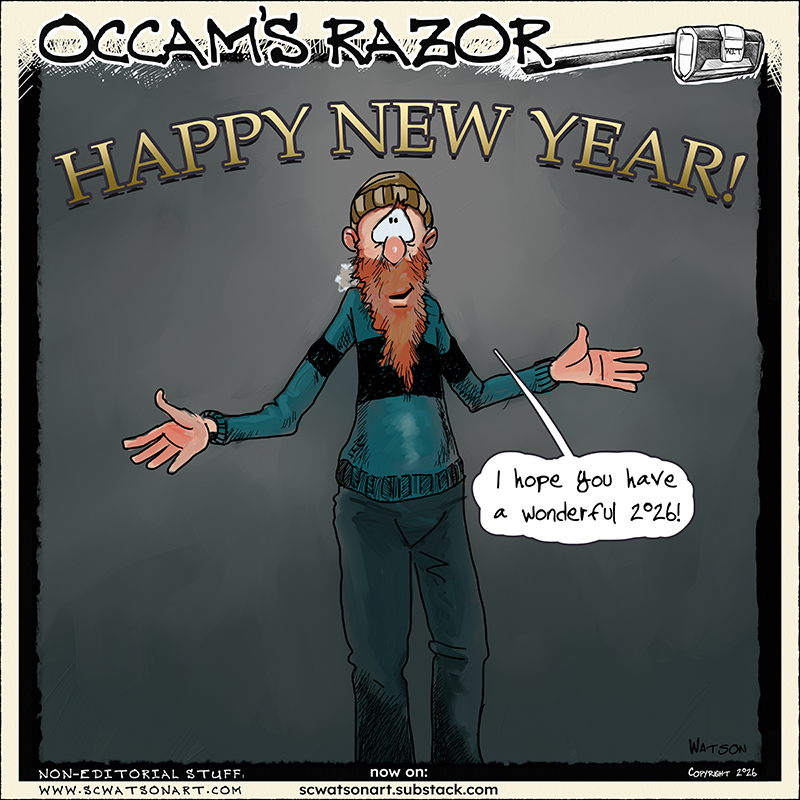||| FROM POSTALLEY.ORG |||
Drive east from Seattle on I-90 and take a left at Missoula, MT. Head due north for about 1,700 miles. Then, theoretically, you could dip the front wheels into the Arctic Ocean’s once-mysterious Northwest Passage, right where Karl Kruger concluded an astonishing two weeks this summer.
Except you can’t drive there from here. Or anywhere.
Roads dwindle in the north of Canada, from asphalt to sealcoat to gravel to chuck-holed hardpan to tundra. Above the Arctic Circle, only airplanes, boats and barges penetrate the isolation of most of the Inuit villages scattered randomly along the Passage. The fabled sea lane that is the shortest way for ships to reach Asia from Europe was first crossed by Norwegian explorer Roald Amundsen in 1906. Took him three years. But it wasn’t until 2007 and the changing climate that the first ships crossed without an icebreaker.

Summer months in the Passage these days have some commercial traffic, inspiring global energy companies to wonder about oil, gas and rare earth minerals. Also inspired are rival militaries looking for a strategic edge, including China, which has no frozen coastline but operates two icebreakers and is building a third. Russia has seven, with three under construction. The U.S. has two, and the 47-year-old cutter based in Seattle, the Polar Star, spends much of its time in Antarctica. The ship in 2021 was the first U.S. surface vessel to visit the Arctic since 1982.
Also sharing the Passage are a few, non-native smaller craft — tour boats, sailboats, kayaks — and one stand-up paddleboard.
It is the preferred conveyance for Karl Kruger, 51, a graduate of Western Washington University, an Orcas Island resident and an ambitious adventurer. The board is a custom expedition version that carries 400 intimately curated pounds, including captain. What vessel and crew lack in tonnage they make up in gumption.
Because he has a passion for the Arctic and a capacity for epic endurance, Kruger came upon a novel way to experience both. Over the past two summers, through some of Earth’s most remote wilderness, he has paddled west to east atop the Arctic Ocean nearly 1,000 miles.
Alone.
YOU ARE ENCOURAGED TO READ FULL ARTICLE
**If you are reading theOrcasonian for free, thank your fellow islanders. If you would like to support theOrcasonian CLICK HERE to set your modestly-priced, voluntary subscription. Otherwise, no worries; we’re happy to share with you.**









